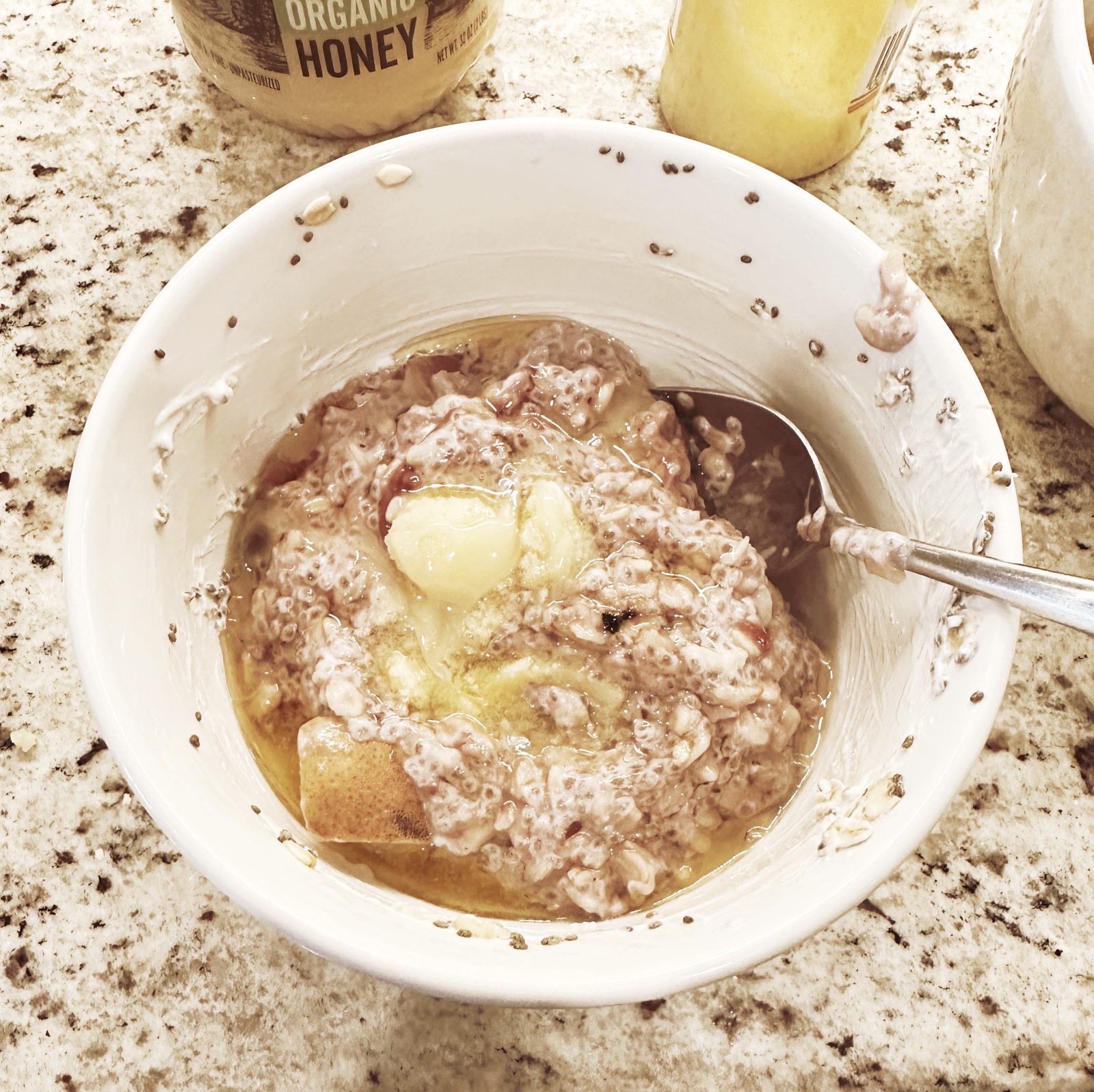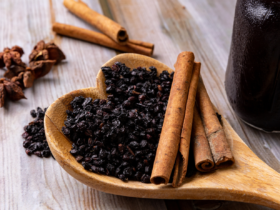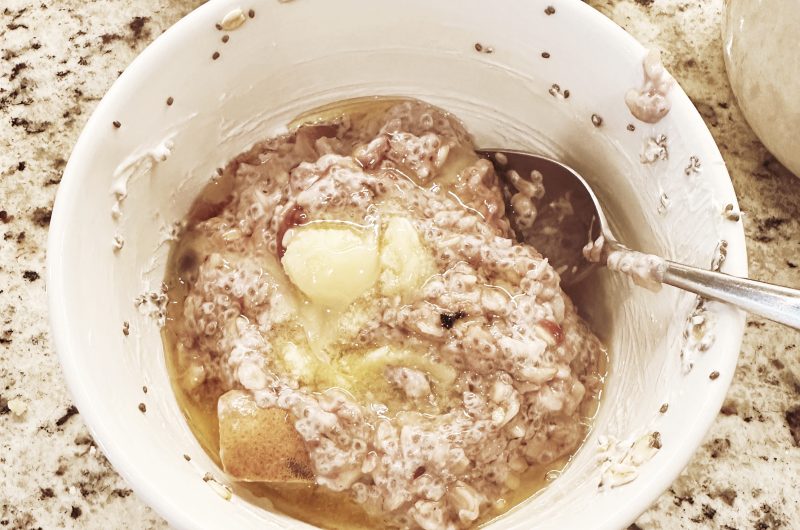You may be thinking? Oats–nutrient dense? But I thought oats were bad for you? In this post, I will show you how to properly prepare oats – and why.
There’s so much conflicting nutrition info. From influencers on Tik Tok and Instagram to the “scientific data” on what’s considered nutritious. What do we believe?
Here are my thoughts — as a Functional Nutrition Coach. It’s not so much about the actual food as it is about how it’s prepared. Over the last two decades, we’ve become so industrialized, modern, and fast paced that we no longer know how our great-grandmas prepared food. Women no longer stay home. We pick up food at the local fast food restaurant or already prepped freezer meals that are severely lacking in nutrition and are difficult to for our body to process.
Slowing Down
We are in such a rush that we forget to slow down and enjoy and digest our food. We’ve lost the art of mindful and slow living. And the cost is our health.
What do you mean by prepping food? By nature, oats can be difficult to digest. The latest fad info to come out is anti nutrients like oxalates, lectins and phytic acid. Yes, oats and grains contain phytic acid. Why is phytic acid not good? Because it blocks nutrient absorption like calcium, zinc, iron, magnesium and copper. If you’re constantly consuming anti-nutrients, your body will become deficient in these much needed minerals/vitamins.
Phytic Acid
Phytic acid found in nuts, seeds, beans and grains is the main storage form of phosphorus in plant tissues — such as the bran portion. In humans, the phosphorus is not readily available and the phytic acid will them bind with other minerals like calcium, iron, magnesium, zinc and copper making them unavailable.
Not only does phytic acid inhibit the absorption of these important minerals, but also inhibits enzymes that we need to digest our food. What begins to happen is we start seeing health problems like tooth decay, nutrient deficiencies, no appetite and digestive problems. See this article here for more info.
Prepping Oats Properly
So how do we properly prepare oats? I’m glad you asked.
Start by soaking your grains overnight up to two days in fermented dairy such as kefir or yogurt. Whole, raw milk is also a great option. Here is the recipe I made this morning.
Nutrient Dense Overnight Oats
4
servings10
minutes20
minutesIngredients
2 cups gluten free oats
enough raw milk, kefir or yogurt to wet the oats
1/4 cup chia seeds
add ins like berries, pears, apples
ghee or grass fed butter
1 1/2 cups water
dash of sea salt
raw honey or maple syrup to taste
Directions
- Combine oats, kefir and chia seeds until well mixed and the oats are thoroughly moistened. Let sit out on countertop overnight.
- In the morning, boil water with a dash of sea salt.
- Add oats to boiling water and turn down to simmer. Simmer for 10-15 minutes. Add more water if you want a wetter, thinner consistency.
- I like to add in my mixed berry compote and other fruit at this time to warm it up a bit.
- Once heated through, serve in bowls adding ghee and honey.
Wondering how to fill the gaps in your nutritional deficiencies? Are you wanting to learn how to nourish your digestive and reproductive system? Click here to find out how to work with me.





Leave a Reply